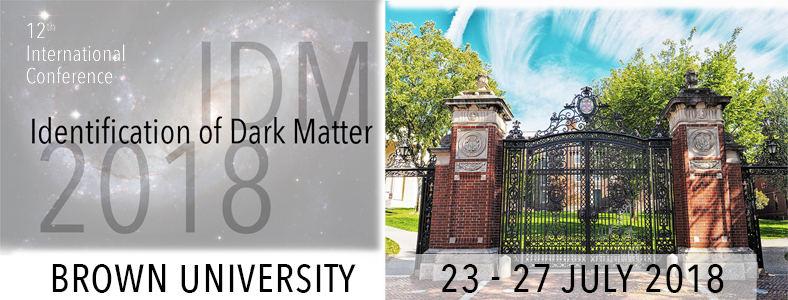Conveners
5.1 Plenary
- Carsten Krauss (University of Alberta)
A directional signal is thought to constitute strong evidence for dark
matter detection. Consequently, substantial work on directional dark matter
detection has been pursued and planned by the community. Directionality is
also important for studying the nature of the dark matter once a discovery
has been made. Gaseous detectors are prime candidates for directional
detectors, due to their...
The CYGNUS effort aims to produce a network of direction sensitive detectors able to probe below the neutrino floor and to reach into the low WIMP mass region with active discrimination against electron background. The new prospect of operation in both Southern and Northern hemisphere underground laboratories opens further possibilities. Latest progress with prototypes towards the goals of...
A variety of experiments have been developed over the past decades, aiming at the detection of Weakly Interactive Massive Particles (WIMPs) via their scattering in an instrumented medium. The sensitivity of these experiments has improved with a tremendous speed, thanks to a constant development of detectors and analysis methods. Detectors capable of reconstructing the direction of...
COSINE-100 is a dark matter direct detection experiment that uses low-background NaI(Tl) crystals to test the DAMA collaboration's claimed detection of the dark matter annual modulation. The first phase of the experiment, situated at the Yangyang Underground Laboratory in South Korea, consists of eight NaI(Tl) crystals with a total mass of 106 kg and 2000 liters of liquid scintillator as an...
The DAMIC (Dark Matter in CCDs) experiment employs the active silicon of
low-noise charge-coupled devices (CCDs) as a target to search for a
variety of dark matter candidates with masses below 10 GeV. An array of
seven 675-$\mu$m thick CCDs with a target mass of ~40 grams has been
collecting data at SNOLAB since early 2017. The collaboration has engaged
in an extensive campaign of...
In absence of an unambiguous dark matter signal direct searches need to cover a wide range of potential dark matter particle masses. Thanks to their low energy thresholds, cryogenic experiments push the low-mass frontier with CRESST opening up the sub-GeV/c$^2$ regime.
CRESST-III employs scintillating CaWO4 crystals as target material operated at mK temperatures. The phonon signal allows for a...
